Life Without Cars: 2010 Edition
December 19, 2010
About once a year, I encourage people to think about what life could be like without cars.
This is in fact the normal human condition. Civilization has been going on for about 5500 years. Only about 100 of those have been with cars (or bikes). You don’t need cars. You don’t want them either.
Today’s automobile dependency is, in my opinion, a catastrophe. It turns our living spaces (cities) into hostile, miserable environments. It destroys civic life. It is horribly expensive, and an environmental disaster. In short, it’s a problem. So why not fix the problem?
Many people apparently feel the same way. This year, the twenty five most popular pages on this website have been:
Homepage
December 13, 2009: Life Without Cars: 2009 Edition
December 21, 2008: Life Without Cars
August 10, 2008: Visions of Future Cities
July 20, 2008: The Traditional City Vs. The “Radiant City”
October 7, 2007: Let’s Take a Trip to Venice
Archives
April 15, 2007: The Value of Today’s Dollars in 1854 Dollars
August 24, 2008: Five Audio Systems
December 27, 2009: What a Real Train System Looks Like
September 20, 2009: The Problem of Scarcity 2: It’s All In Your Head
January 10, 2010: We Could All Be Wizards
July 9, 2007: No Growth Economics
September 28, 2009: Let’s Take a Trip to Barcelona
July 19, 2009: Let’s Take a Trip to an American Village 2: Downtown
January 31, 2010: Let’s Take a Trip to New York 2: The Bad and the Ugly
November 22, 2009: What Comes After Heroic Materialism?
November 8, 2009: The Future Stinks
July 12, 2009: Let’s Take a Trip to an American Village
November 15, 2009: Let’s Kick Around Carfree.com
March 7, 2010: Let’s Take a Trip to Suburban Hell
July 26, 2009: Let’s Take a Trip to an American Village 3: How the Suburbs Came to Be
October 18, 2009: Let’s Take Another Trip to Venice
April 18, 2010: How to Live the Good Life in the Traditional City
March 28, 2010: The Problem With Little Teeny Farms
Mabye you see a little pattern here.
The archives and homepage account for 23% of all pageviews. Items not on this list account for 31% of all pageviews. The remainder, 46%, are in the list above.
The solution to automobile dependency is to create an urban environment designed for people, not cars. Not bikes, either. People. This is not very hard to do, because, in the 5400 years before cars (and bikes), all cities were designed like this. There are thousands of examples of beautiful walking cities. Today, we just need to upgrade this basic, 5500-year-old format with the addition of some trains, underground in the central city, and aboveground in the surrounding areas. That’s it. It is soooo easy.
March 14, 2010: The Traditional City: Bringing It All Together
December 27, 2009: What a Real Train System Looks Like
Enough talk. More pictures!

Spain (I think)

Cuzco, the ancient capitol of the Incas.
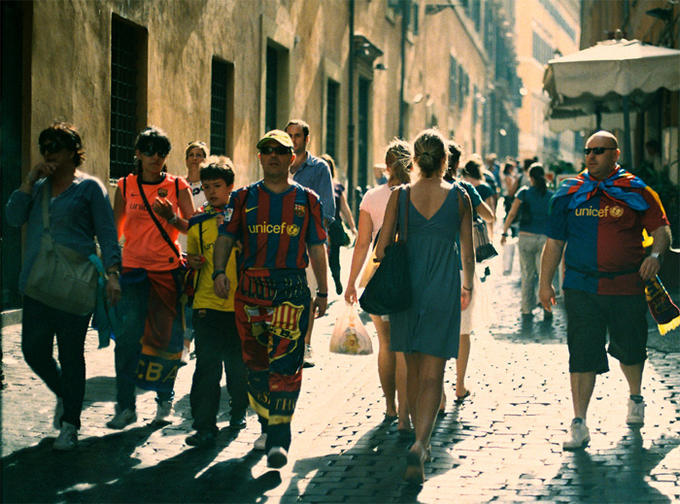
More Spain I think. Should have labeled these better.
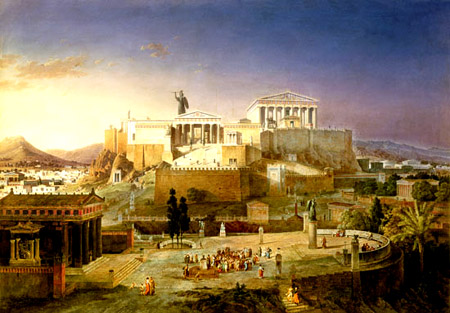
Ancient Athens.
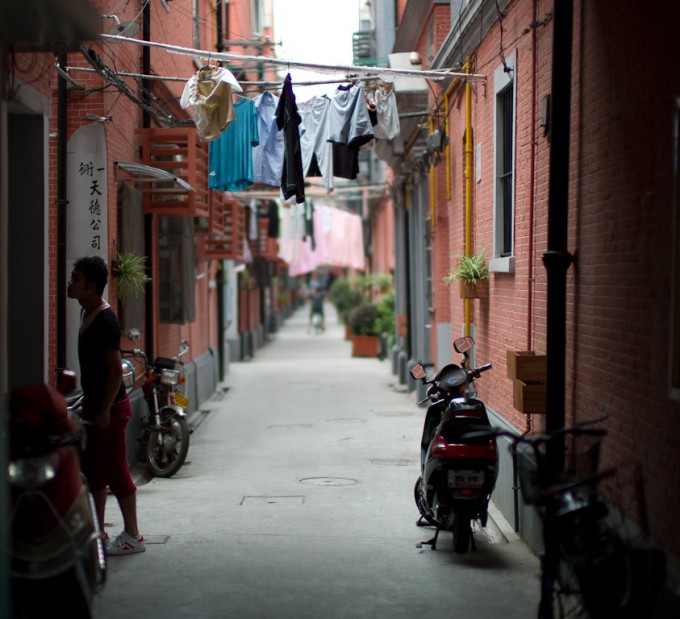
China backstreet.
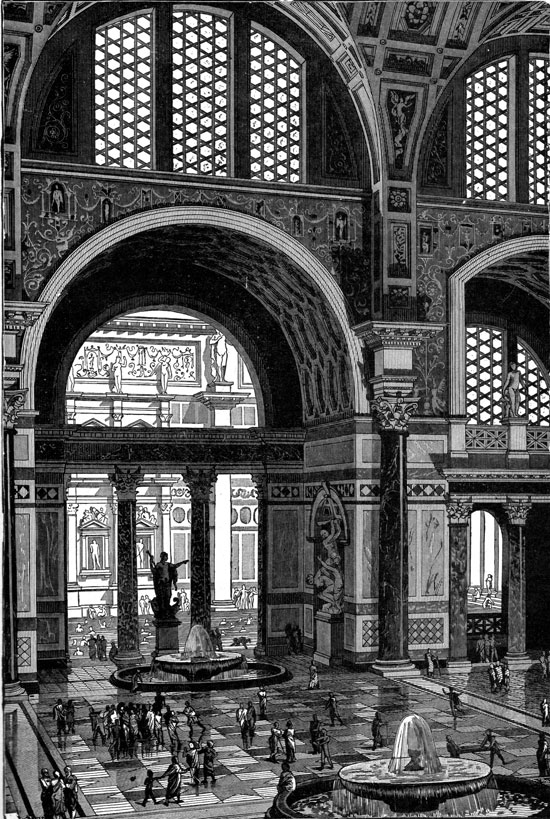
Ancient Rome. I think the scale is exaggerated here. Still, not too shabby eh?
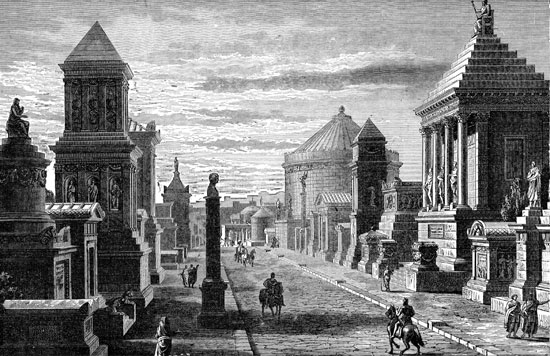
Ancient Rome.
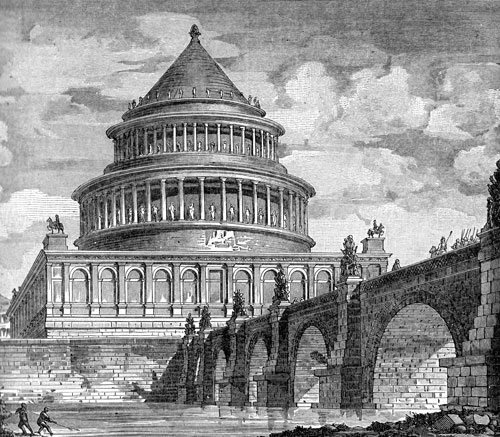
Ancient Rome.
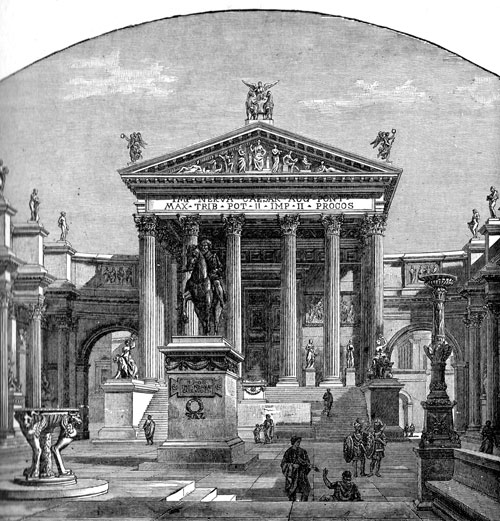
The Forum, ancient Rome.

Ancient Rome.

Traditional women’s dress, Vietnam.
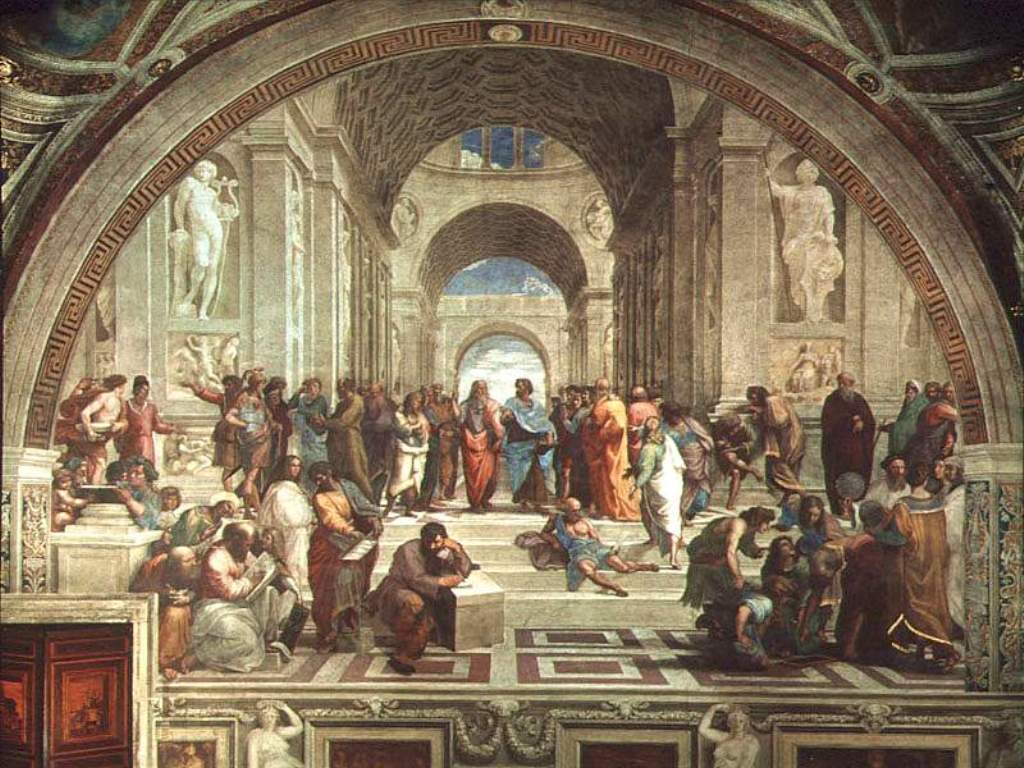
Raphael, the School of Athens.
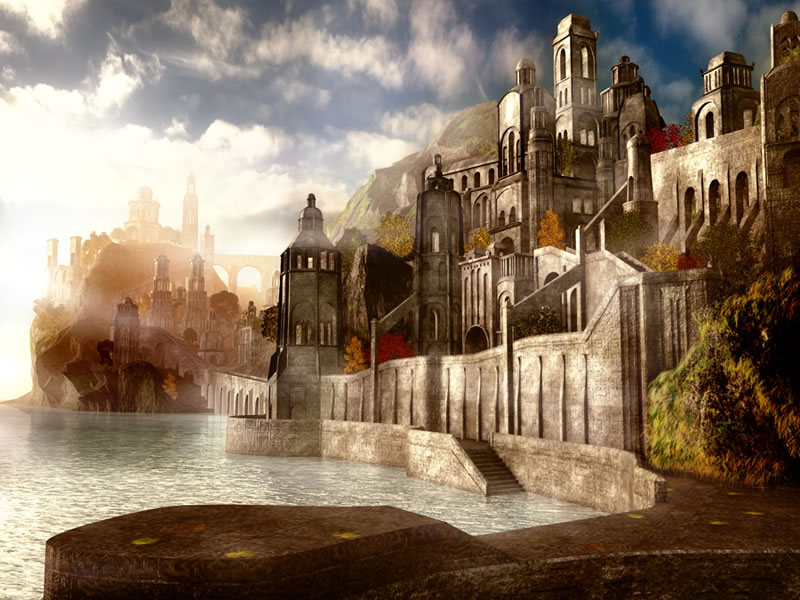
An image of ancient Babylon.

Central Athens today.
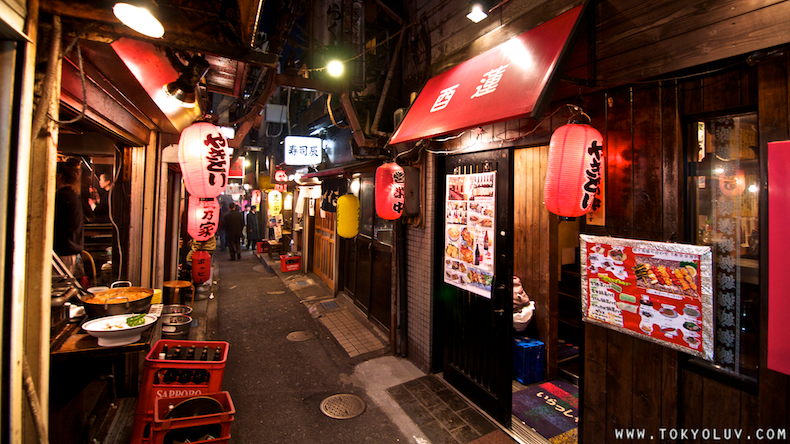
Tokyo backstreet. Mmmmmm — yeah!
Where are the cars? Where are the bikes?
Don’t need ’em. Don’t want ’em.
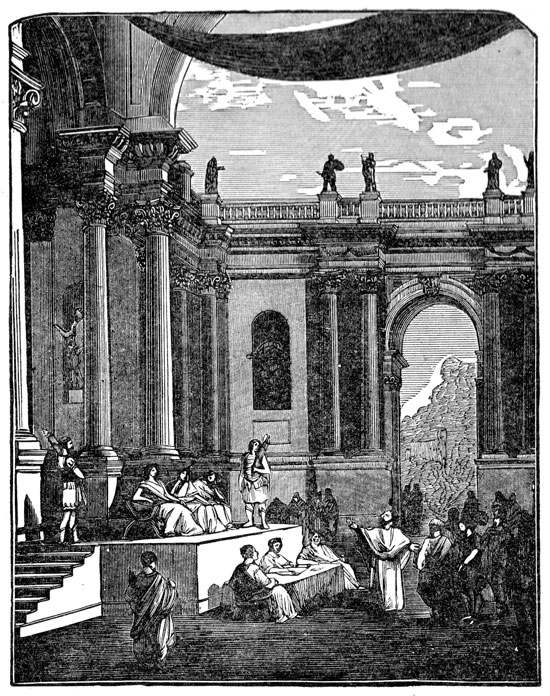
Rome.
Here, the citizens of Rome are complaining that they still have to wait 2000 years until the invention of the automobile.
Ha ha ha. I don’t think so.
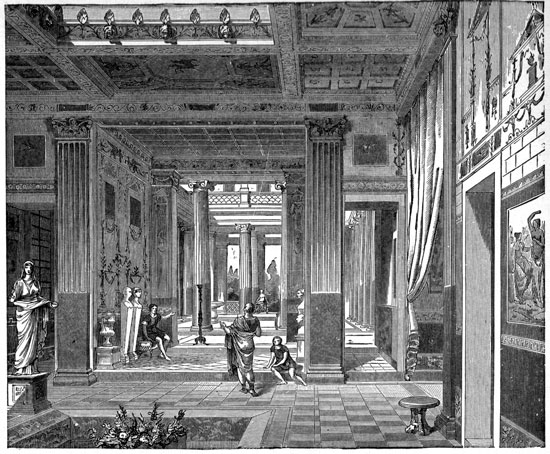
Wealthy residence, ancient Rome.
Life sure does suck without cars. Or not.
Notice that people here aren’t peasant dirt farmers. Are you ready to give up the Little House on the Prairie Fantasy yet?
April 18, 2010: How to Live the Good Life in the Traditional City
March 28, 2010: The Problem With Little Teeny Farms
April 4, 2010: The Problem With Little Teeny Farms 2: How Many Acres Can Sustain a Family?
April 19, 2009: Let’s Kick Around the “Sustainability” Types
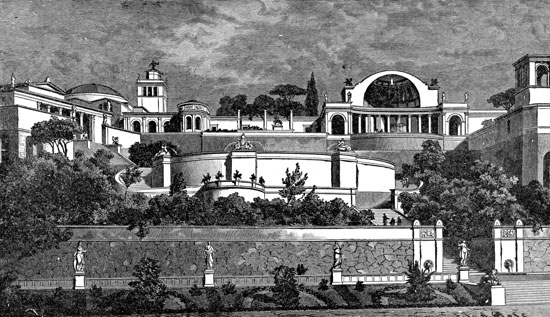
Wealthy residence, ancient Rome.
I’ve seen worse.

Seoul, Korea.
Lotsa fun. No cars.
No bikes either.
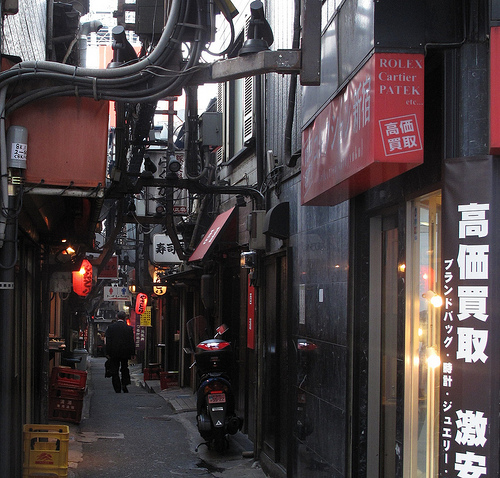
There are lots of fabulous places in Tokyko. But, I don’t know a lot of them because I was always going to Shimo Kitazawa. Here’s a nice Shimo-Kita backstreet.
Not too many cars here.
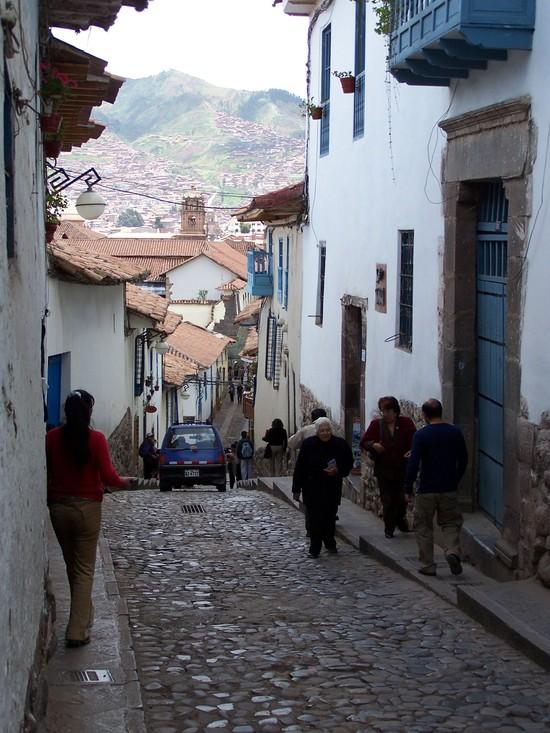
Cuzco.

raphia@netcourrier.com
Babylon.
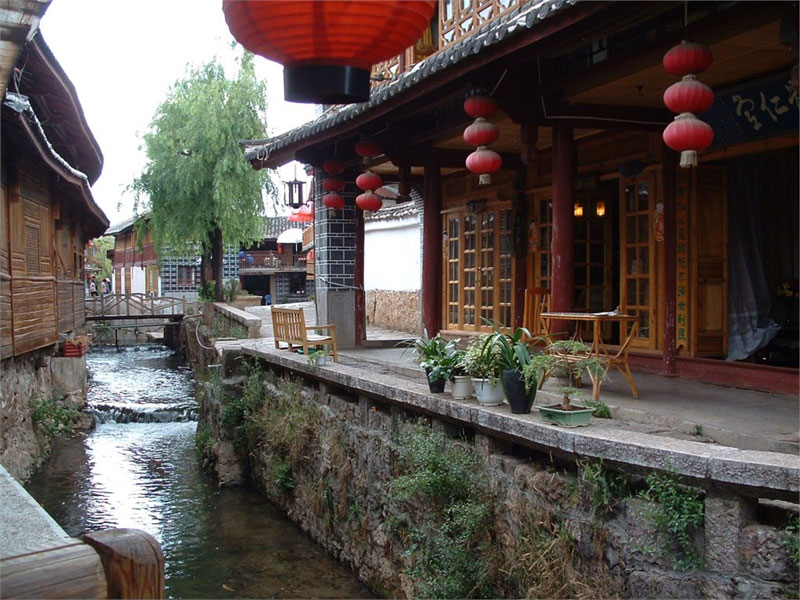
The ancient town of Lijang, China.
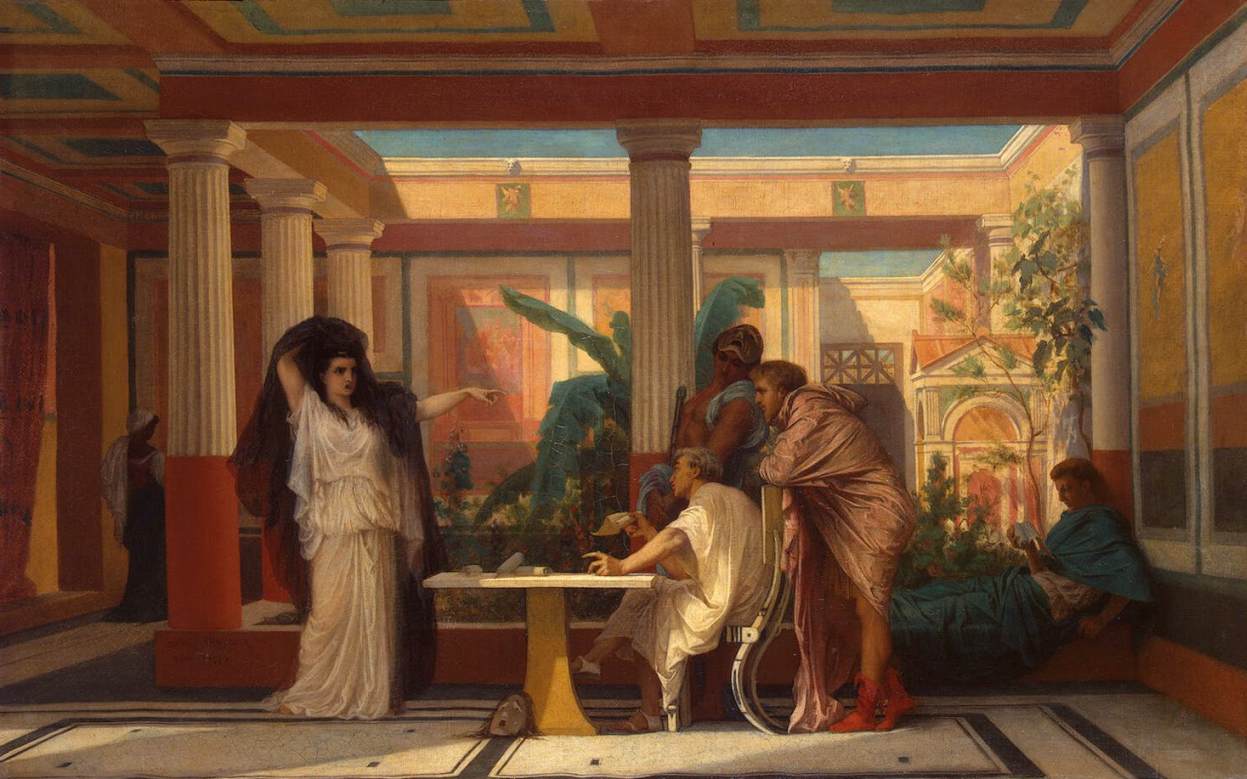
Practicing a play at a playwright’s residence, ancient Rome.

Tokyo.
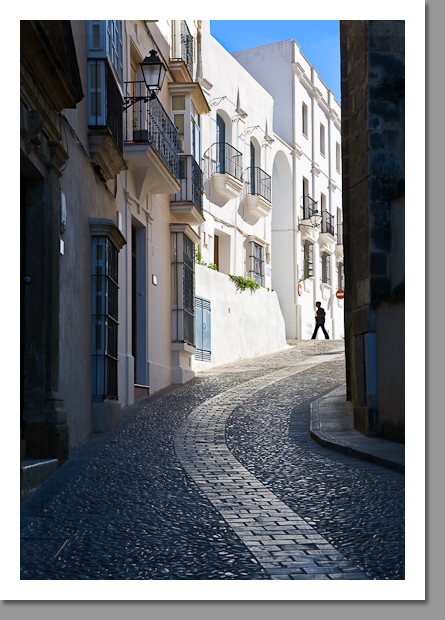
More Spain I think.
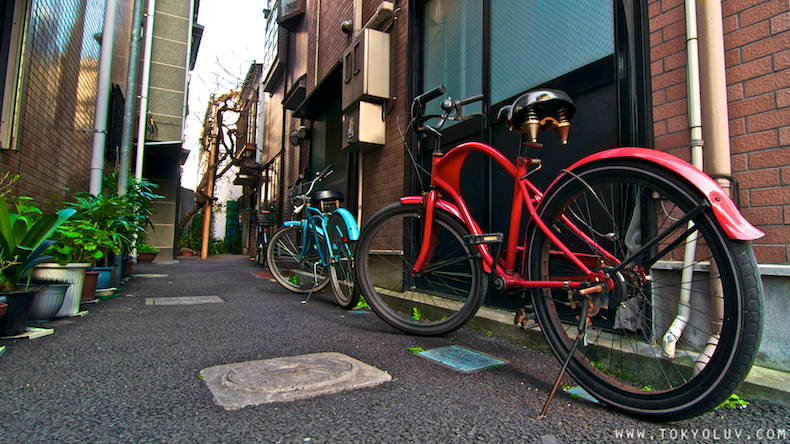
A REALLY teeny backstreet, Yanaka district, Tokyo. This is about three feet wide. That is the front door to someone’s house there, behind the bike.
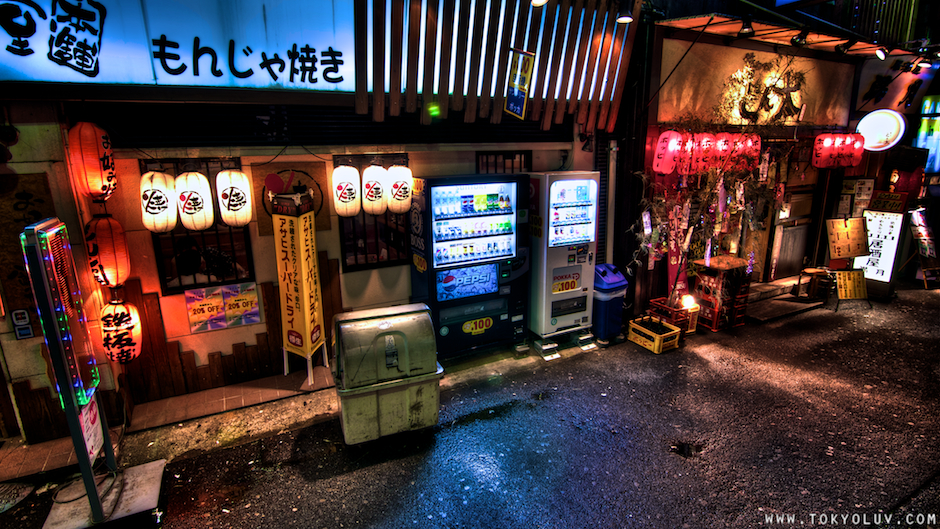
Yokohama backstreet, with a couple of restaurants.

SONY DSC
China backstreet.
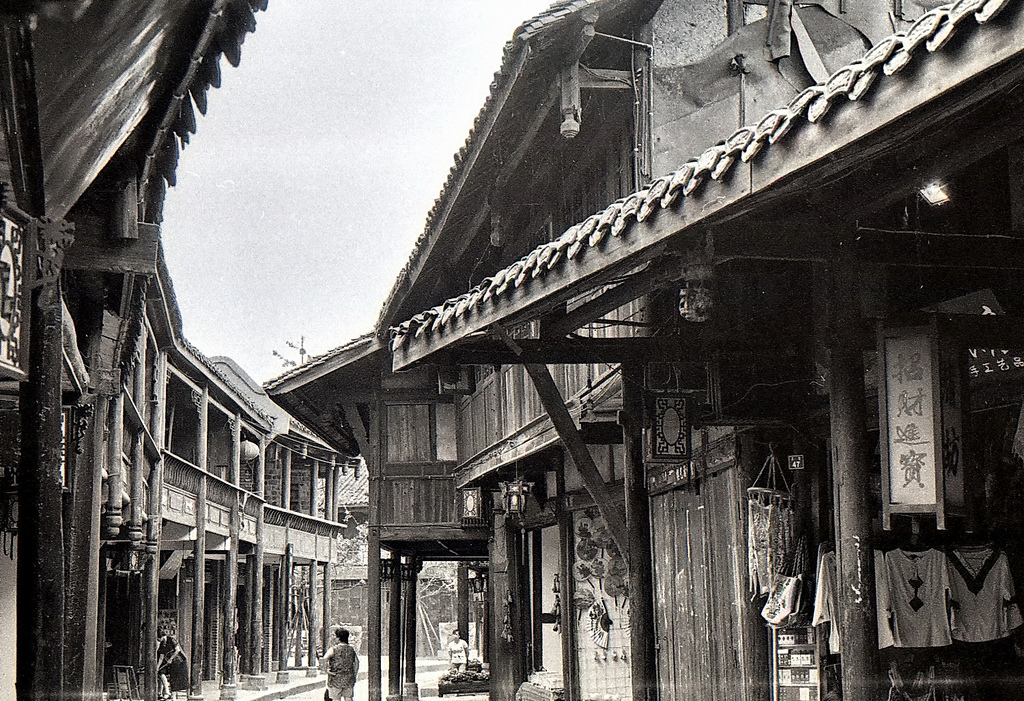
The 1700-year-old village of Huanglongxi, China.
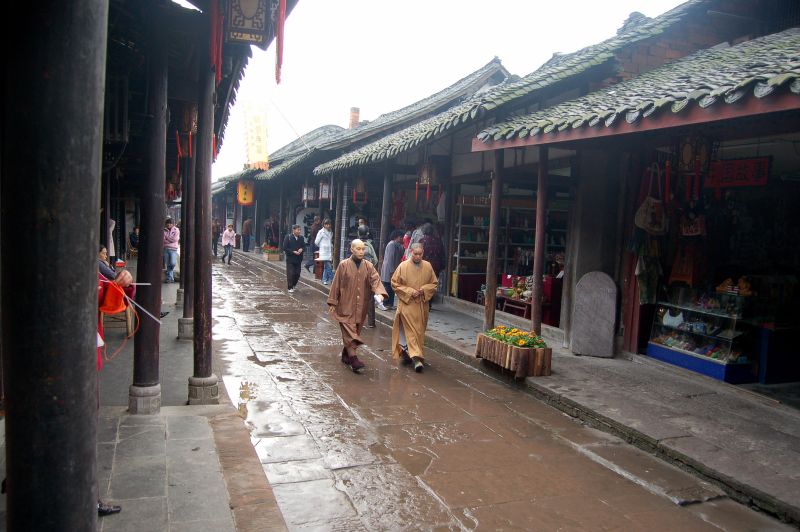
Huanglongxi.
If you got this far, you could probably use a little break. Here’s a series of street fashion from Tokyo. These are what people just wore that day, not knowing that they’d be photographed.
As I said, when you make a city into a Place — a place for people, not cars — then the next thing that happens is everyone wants to play dress up. This is what all people, in all civilizations, have always done.
Do you see why I say that Life Without Cars is FUN?
October 10, 2009: Place and Non-Place
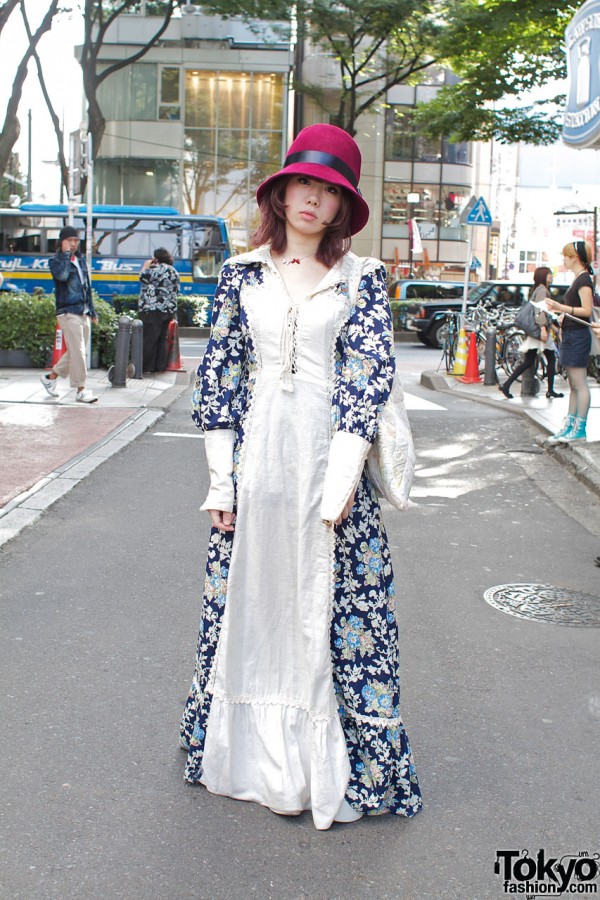
Look at those cuffs.
(This is a good example of an “arterial” street, or even major boulevard, in the background and a Really Narrow Street in the foreground. Note that the girl is standing in the middle of the street. How wide is it?)
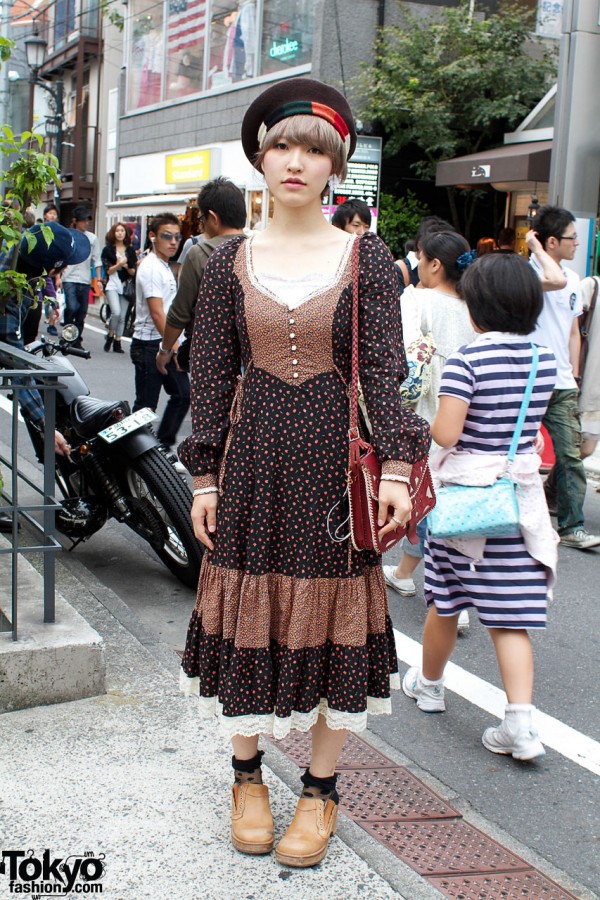
The 1920s Fraulein look.
(Note the Really Narrow Street in the background.)

Straw hats on girls, in winter.
Long curly hair seems to be a “Shibuya style” staple.
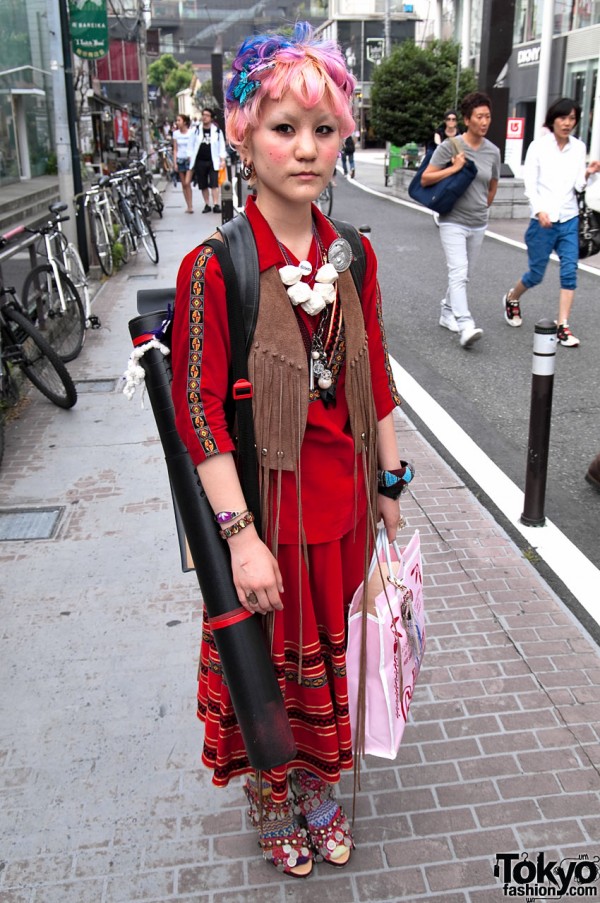
Everything. At once.
(Really Narrow Street in the background.)

Leather jackets and hair bows.
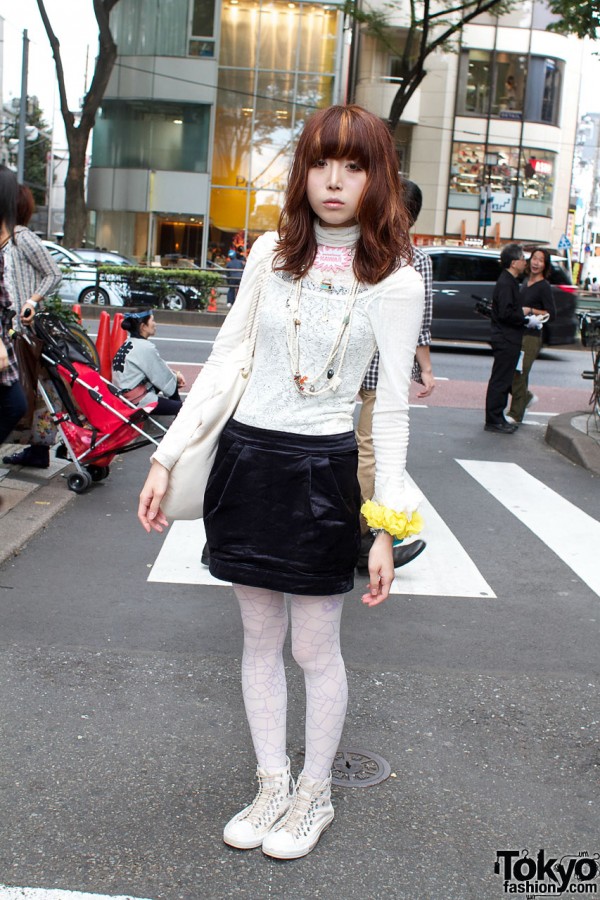
Velvet miniskirts, and scrunchies worn as bracelets.
(Standing in the middle of the street again. Note how there are plenty of cars on the arterial street but NONE on the Really Narrow Street. They just don’t go there.)

Ruffled shorts, and angora berets.
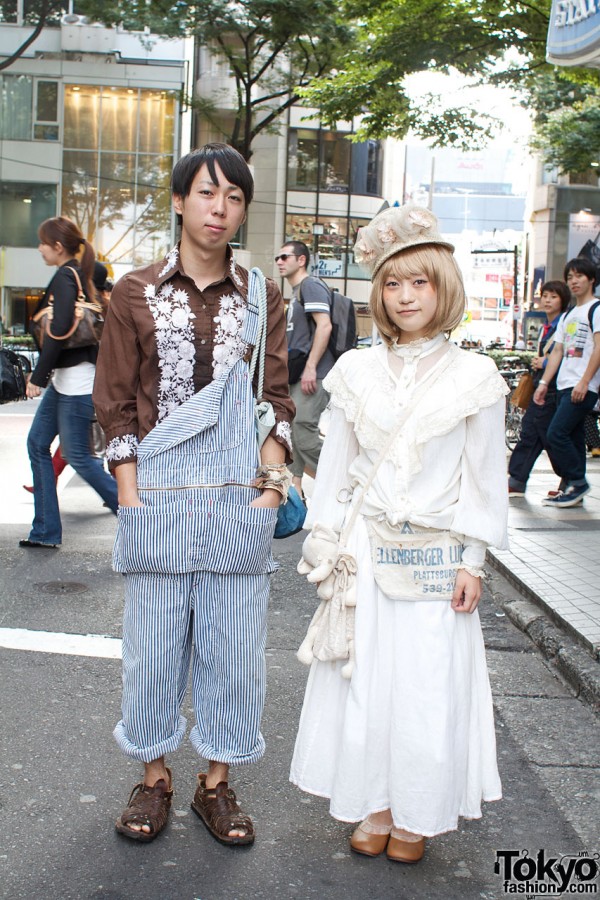
Crooked hats. Lots of crooked hats.

Zip-off ruffles and pearls.
(How wide is that street?)
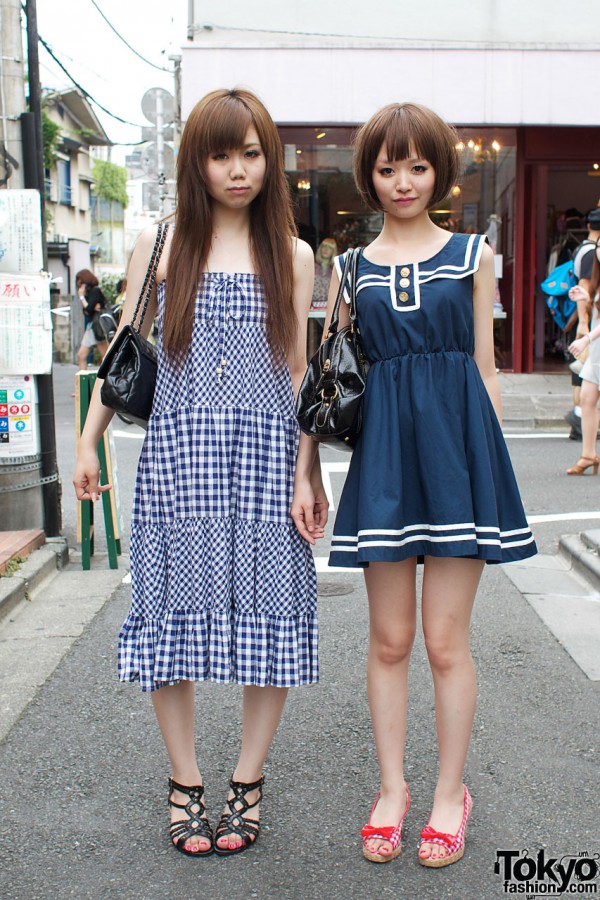
Very short dresses.
(How wide is THIS street?)

Definitely unsettling, whatever it is.
(Not a street, but another pedestrian Place.)
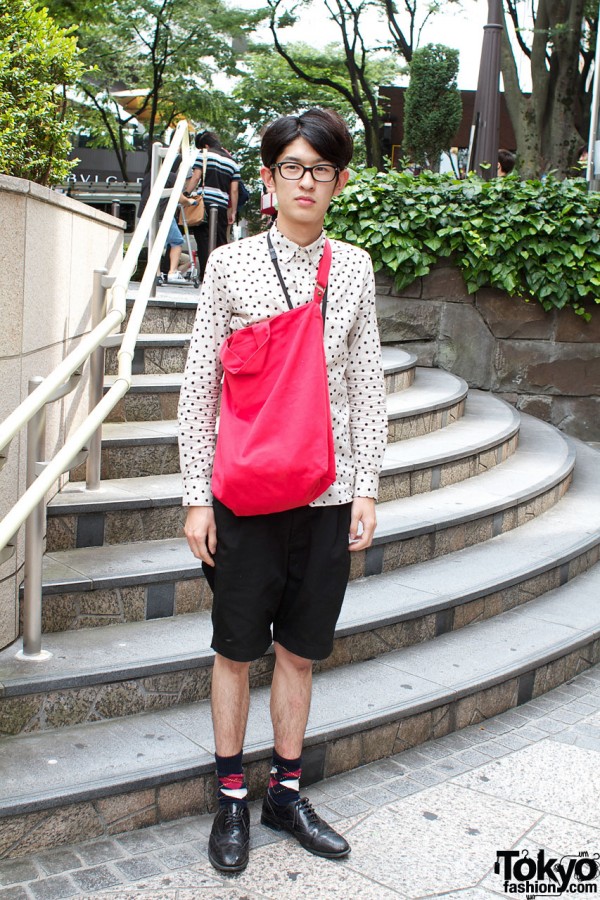
Black socks, business shoes and shorts. And big bags with very short straps.

The crazy victorian auntie look.
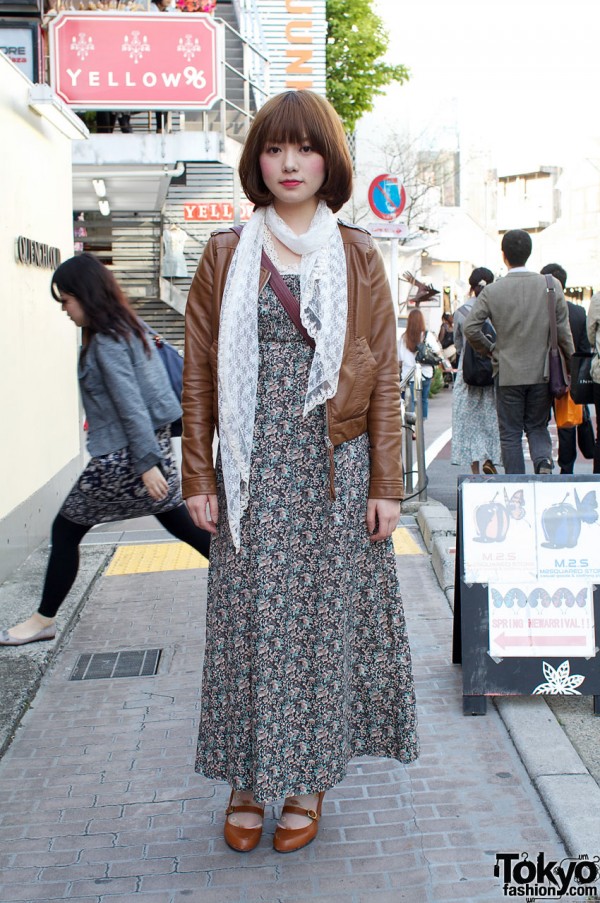
A-line dresses, lace scarves and leather jackets.
(Another Really Narrow Street in the background.)

Cowboy boots and plaid. And furry vests.
Other commentary in this series:
October 17, 2010: The Problem of Scarcity 3: Resource ScarcityAugust 22, 2010: How to Make a Pile of Dough with the Traditional City
August 1, 2010: The Problem With Bicycles
June 6, 2010: Transitioning to the Traditional City 2: Pooh-poohing the Naysayers
May 23, 2010: Transitioning to the Traditional City
May 16, 2010: The Service Economy
April 18, 2010: How to Live the Good Life in the Traditional City
April 4, 2010: The Problem With Little Teeny Farms 2: How Many Acres Can Sustain a Family?
March 28, 2010: The Problem With Little Teeny Farms
March 14, 2010: The Traditional City: Bringing It All Together
March 7, 2010: Let’s Take a Trip to Suburban Hell
February 21, 2010: Toledo, Spain or Toledo, Ohio?
January 31, 2010: Let’s Take a Trip to New York 2: The Bad and the Ugly
January 24, 2010: Let’s Take a Trip to New York City
January 10, 2010: We Could All Be Wizards
December 27, 2009: What a Real Train System Looks Like
December 13, 2009: Life Without Cars: 2009 Edition
November 22, 2009: What Comes After Heroic Materialism?
November 15, 2009: Let’s Kick Around Carfree.com
November 8, 2009: The Future Stinks
October 18, 2009: Let’s Take Another Trip to Venice
October 10, 2009: Place and Non-Place
September 28, 2009: Let’s Take a Trip to Barcelona
September 20, 2009: The Problem of Scarcity 2: It’s All In Your Head
September 13, 2009: The Problem of Scarcity
July 26, 2009: Let’s Take a Trip to an American Village 3: How the Suburbs Came to Be
July 19, 2009: Let’s Take a Trip to an American Village 2: Downtown
July 12, 2009: Let’s Take a Trip to an American Village
May 3, 2009: A Bazillion Windmills
April 19, 2009: Let’s Kick Around the “Sustainability” Types
March 3, 2009: Let’s Visit Some More Villages
February 15, 2009: Let’s Take a Trip to the French Village
February 1, 2009: Let’s Take a Trip to the English Village
January 25, 2009: How to Buy Gold on the Comex (scroll down)
January 4, 2009: Currency Management for Little Countries (scroll down)
December 28, 2008: Currencies are Causes, not Effects (scroll down)
December 21, 2008: Life Without Cars
August 10, 2008: Visions of Future Cities
July 20, 2008: The Traditional City vs. the “Radiant City”
December 2, 2007: Let’s Take a Trip to Tokyo
October 7, 2007: Let’s Take a Trip to Venice
June 17, 2007: Recipe for Florence
July 9, 2007: No Growth Economics
March 26, 2006: The Eco-Metropolis

